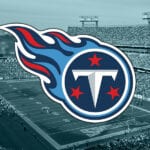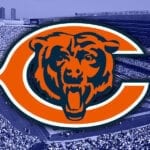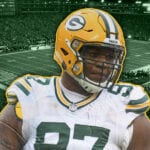The Issue
There are many issues that people have with the NBA Draft process. The problems range from the fairness of the one and done rule (which many forget is an NBA rule, so everyone that hates the NCAA and points to this as a reason why, needs to relax), to the lack of depth once the draft gets past the fifth or sixth pick.
The problem that many don’t think about is that of the underclassmen, who have spent their entire lives being told how great they are and that they are the best, who go undrafted and don’t get invited to an NBA training camp. These players aren’t allowed back into the NCAA, they have very little college education under their belts, and they have little to no real world experience that can help them in the future.
The Numbers
This year, the numbers are simple. There are sixty spots open in the NBA draft, two rounds of thirty picks. There were sixty college early entry players and thirteen foreign players that were considered early entry players. This already puts the number at seventy-three players for sixty spots, without taking into consideration players that have completed four years of NCAA play.
The NBA has tried to limit this problem by allowing players to explore their draft options and remove their names if it appears they won’t go where they think they should. In fact, the original early entry candidate list was comprised of 162 players, 117 from college and forty-five foreign players, so the NBA and NCAA offer to allow the players to withdraw their names did work to a certain point.
There were fifteen seniors chosen in the two rounds of the draft. This means that, of the seventy-three early entry players available, twenty-eight didn’t get drafted. That means that there are twenty-eight players out there who have little to no opportunity of making enough money to survive after leaving college early.
Other Options
Some of the players will be invited to summer workouts with NBA teams and may make their summer league teams or D-League teams. However, with the D-League salary structure, players can only make one of three tiers of pay: $25,000, $19,000 or $13,000 per year. The teams can, however, offer a player a training camp deal to help alleviate the low salaries of the D-League.
If a player decides to go the route of European basketball, he can make more money, but if his dream is to play in the NBA, it may be a more difficult task to do it via the European leagues than it would be to take the lower pay of the D-League, since those teams are direct affiliates of NBA teams. In the Euro-league, the highest level league in Europe, the players can make up to roughly $3 million a year, but the salary caps for the teams are around $16 million a year in 2015-2016, vs. the $70 million the NBA cap was in 2015-2016 (the NBA cap is expected to increase to $94 million for the 2016-2017 season).
Conclusion
It’s easy to judge these kids for leaving college early, despite the fact that they don’t have an immediate path to the NBA. It’s important to understand that these players grow up being told how great they are all the way until college. They even hear it from big-time college coaches who are on the recruiting trail.
The NBA and the NCAA are doing all that they can to help the athletes make the best decisions, but ultimately, it needs to come down to the athletes surrounding themselves with the right people. If the athlete surrounds himself with someone that has his best interest in mind, rather than someone looking to ride his coattails to an easy payday himself, he will be given the opportunity to make the best decision for himself and his and his family’s future, and after all, that’s the most important thing in this entire process.








